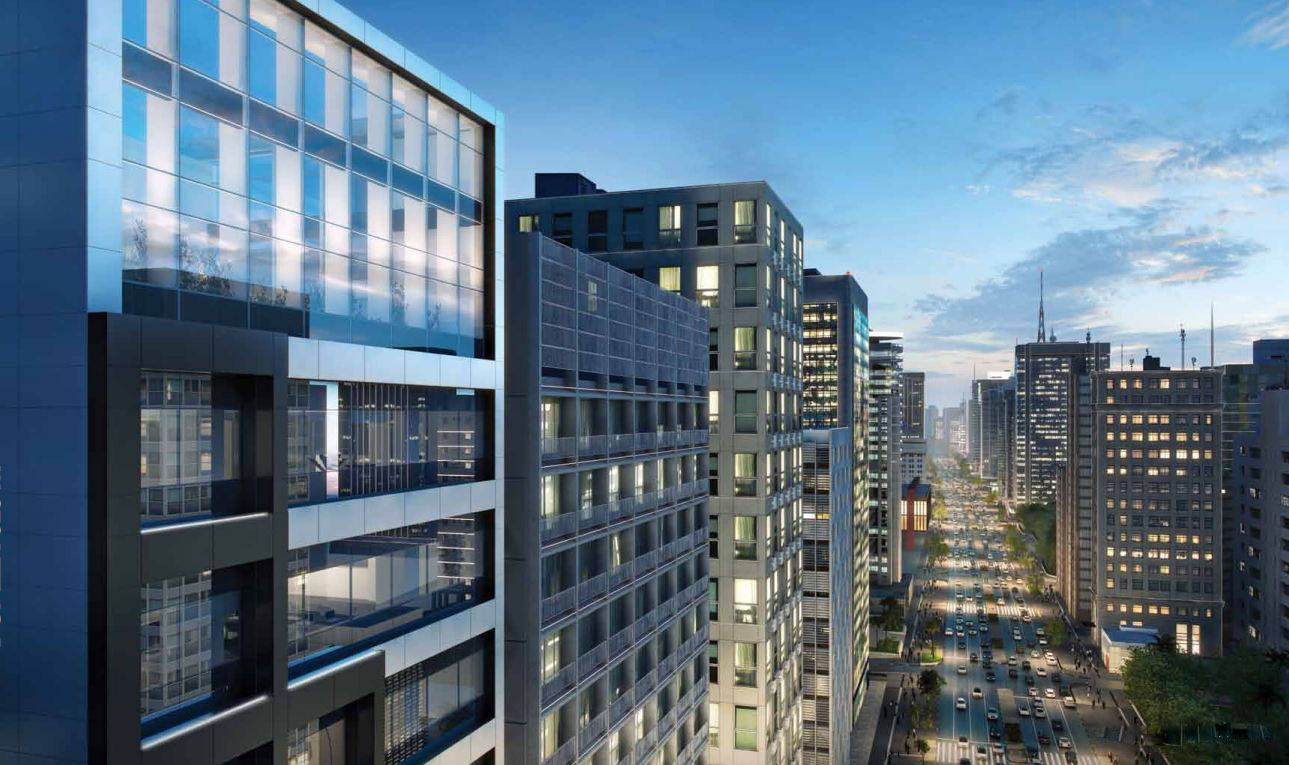Specialists in the property market in Brazil are not unanimous in their analysis. In one hand, there are those who say that there is no bubble and that the trend is positive, although at a rate less accelerated than in the past five years. While others are adamant in their claims by saying that the trend is down and that the recovery will be in two or three years and certainly in a quieter pace. From our point of view , both pessimistic than optimistic partly are corrects. While in the corporate market, prices and occupancy rates are down because of the slowdown of the economy and excess offer that occurred in recent years, in another side of the housing market, especially for popular class, demand continues to grow, thanks to mortgages at interest rates subsidized by the government, which hopes through that maintaining power.
For information, the market for logistics centers that had grown much from 2008 to 2012, today has lost its momentum and has a rate of vacancy around 19% in the richest region of the country, which are the 100 km that separate São Paulo from Campinas, except to those who are close to the ring that goes around the city of São Paulo, the Rodoanel , with only 10% of vacancy.
In the residential sector, with a lack of housing , estimated at nearly 18 million homes, the demand does not stop growing and the sales during the month of August of this year increased more than 86% of homes sold compared to the same period of the last year. In addition, if an analysis is made between what was built and what was sold over the last six years, we will realize that the demand was still outstripping offer, so for now in the residential sector the balance is positive.
In terms of government’s policy of lowering interest rates to facilitate the purchase of housing by the lower and middle classes, they are implementing an aid that will allow interest rates fall through the increase of the threshold to use the FGTS (reserve fund for worker linked to working time), which can be used both to layoffs than for the purchase of a home.
For foreigners wishing to invest in Brazil , the time is for reflection, because in one hand there are opportunities in certain region (North and Northest of the country, who are the poorest) where real estate has not increased much, but on the other side the corporate market seems saturated. All this without counting the risk of exchange, as the Brazilian real has lost 7 % and 11 % since the beginning of the year against the dollar and the euro, with a swing that has reached 20 % loss compared the two currencies during the most critical moments.
Source : Articles of ” O Estado de São Paulo”




